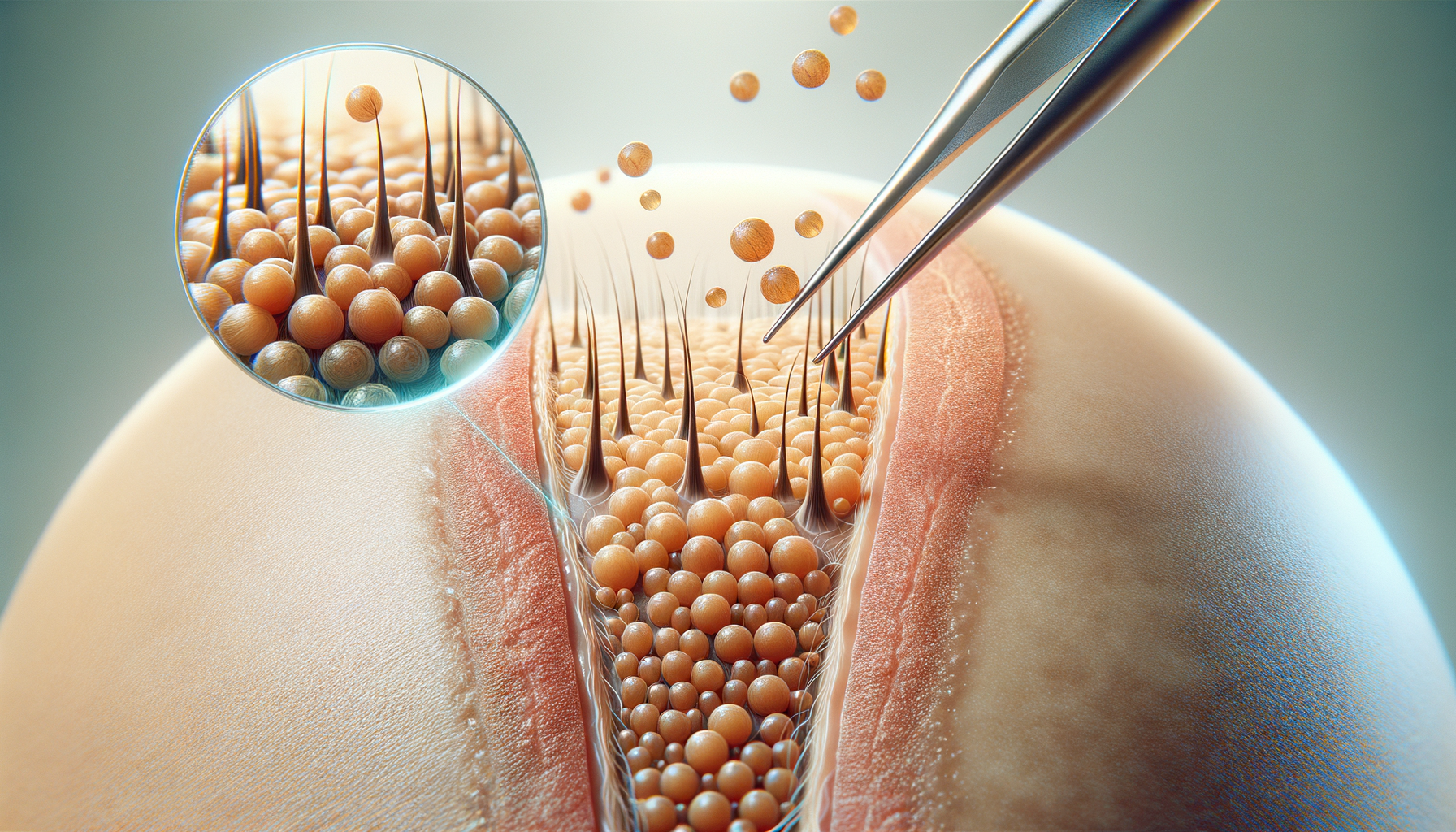Introduction to Hair Transplantation
Hair transplantation has become a popular solution for many individuals facing hair loss, a condition that can affect self-esteem and confidence. The procedure involves moving hair follicles from a part of the body, usually the back of the scalp, to areas experiencing thinning or baldness. This technique offers a natural and long-lasting solution, as the transplanted hair continues to grow throughout the individual’s lifetime. The relevance of this procedure has increased as more people seek effective ways to restore their hair and regain their youthful appearance. With advancements in medical technology, hair transplantation has become less invasive and more efficient, making it accessible to a broader audience.
The Hair Transplantation Process
The hair transplantation process typically involves two main techniques: Follicular Unit Transplantation (FUT) and Follicular Unit Extraction (FUE). Each method has its unique advantages and is chosen based on the patient’s needs and the surgeon’s expertise.
FUT involves removing a strip of skin from the donor area, usually the back of the scalp, where hair is abundant. The strip is then dissected into individual follicular units, which are transplanted into the recipient area. This method is known for its ability to cover large areas of baldness in a single session.
On the other hand, FUE involves extracting individual hair follicles directly from the donor area and implanting them into the recipient site. This technique is less invasive and leaves minimal scarring, making it a preferred choice for those who wish to keep their hair short.
Both methods require careful planning and precision. The surgeon must consider the direction and angle of hair growth to ensure a natural appearance. The recovery process varies depending on the technique used, but most patients can return to their normal activities within a week.
Benefits and Considerations
Hair transplantation offers numerous benefits, making it an appealing option for those battling hair loss. Some of the key advantages include:
- Natural Appearance: The transplanted hair blends seamlessly with existing hair, providing a natural look.
- Permanent Solution: Unlike temporary fixes, hair transplantation offers a lasting solution as the transplanted follicles continue to grow.
- Improved Self-Esteem: Restoring hair can significantly boost confidence and self-image.
However, there are considerations to keep in mind. The cost of hair transplantation can be substantial, and it’s essential to choose a qualified and experienced surgeon to achieve the desired results. Additionally, while the procedure is generally safe, there are potential risks such as infection or scarring. It’s crucial for individuals to have realistic expectations and understand that the full results may take several months to become apparent.
Conclusion: Is Hair Transplantation Right for You?
Hair transplantation can be a life-changing procedure for those experiencing hair loss. It offers a natural-looking, permanent solution that can restore not only hair but also confidence. However, it’s important to thoroughly research and consult with a qualified professional to determine if this procedure aligns with your personal goals and circumstances. By understanding the process, benefits, and considerations, you can make an informed decision about whether hair transplantation is the right choice for you.








